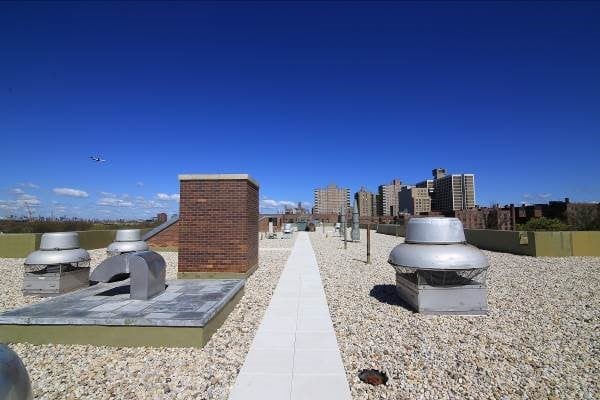Aging Condo Building? How a Building Envelope Assessment Can Help
The plain truth is that Alberta is a cyclical economy, where we go through steady boom and bust markets. Markets where everything is happening all the time and then markets where everything is stalled.
Often during booms, we tend to see a plethora of activity within building developments. And, when we went through the boom in the early – mid 2000s, there was a period where buildings went up and went up fast!
What we’re seeing now is these buildings developed between 2003 – 2009, buildings in their Childhood Stage as David Albrice calls buildings between 1 – 16 years of age, are now requiring more in-depth repairs and further preventative maintenance to keep up with the typical lifecycle of a building.
While the maintenance and repair work that needs to be done is in part due to normal wear and tear, part of it is due to less than reputable builders from the boom. It’s important that we highlight that NOT ALL BUILDERS ARE BAD BUILDERS, even during boom cycles, as there is always going to be someone who does good work without cutting corners. But, there is a greater opportunity for these risks to happen as there are typically fewer eyes managing the consistency and quality of work during a boom market.
Because of this abundance of developers during a boom, it’s also important to note that after a boom cycle and through the bust period, a number of these developers may go out of business. This means that when a building begins to age and issues appear, a new developer will have to pick up where the old one left off, including repair and warranty work.
Repairing Your Aging Condo Building
In working with our condo management clients experiencing aging in their building, we recommend a Building Envelope Assessment (BEA). This type of assessment is a report that speaks to the current condition and performance of your building’s envelope – it’s walls, floors, doors, roof, and fenestrations (the openings in the structure, such as windows or skylights). This report highlights critical versus non-critical areas of the building that need to be addressed overtime and should provide a ballpark cost for any critical items, allowing your board to budget for repairs.
The most common examples of issues in a BEA that we’ve come across include:
- Water penetration
A common reason for this issue is the actual build or design allowed water to get in between the exterior membrane of the building and inside the interior of a condo unit. This is an issue that has the potential to grow and become more costly and harder to contain due to mold.
- Type of construction
The exterior of the building itself was not applied properly. This compromises the longevity of the building’s exterior as it may now erode quicker, cause insulation issues, create an increase in utility and heating costs for condo unit owners, and so forth.
- Windows
Windows that are not installed properly see a higher likelihood for water to seep into the building and for heat to escape, creating mold within the window frame, and increasing utility costs for owners.
While these are just a small sampling of the type of issues the BEA may identify, depending on the complexity of issues identified the BEA engineer and your board, should triage what should be done right away to prevent further deterioration, along with prioritizing the remainder of potential issues identified.
To ensure you have community engagement for this project, we recommend creating a sub-committee that’s not part of the board whose purpose is solely dealing with the BEA results and recommendations. This way, the sub-committee members will feel part of the process in finding solutions for the building.
Buying a Unit in a Boom Condo Build
Of course, a BEA will also help those of you looking to invest in buying a condo unit in a building developed during the boom. While we always recommend that you learn as much as you can about the developer of the building, this is especially true for buildings developed during a boom. Information you should look to learn includes:
- When the building was developed;
- Who the original developer was;
- If original developer is no longer around, why not, and who is responsible for managing any warranties covered by the original developer?
Armed with key information about the building and where it’s at in its lifecycle will help you make an informed decision about the condo building you buy in to.
Is your condo board experiencing the pains of your building’s Childhood but aren’t sure how to start sourcing a capable engineering company for your BEA? Join the conversation at Alberta Condo Owners for Change and ask who other condo boards and corporations are using.

